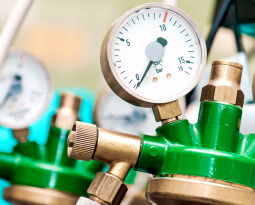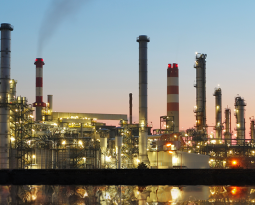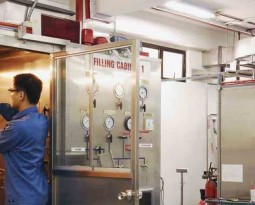
Medical gases are gases that are used either directly or indirectly by patients. They are prescribed and used as directed by doctors and other medical professionals. Hospitals, Nursing Homes, Dental Offices, and Surgical Centers most often use medical gases. The gases used are varied depending on the needs of the patient. In most medical facilities, the medical gases are delivered via a pipeline distribution system. The gases are delivered via these systems from a source location directly to the area of the facility where the gases are required. In any healthcare facility where patients are in recovery or in treatment, these medical gases are supplied to provide both the gases and the medical air needed for suction and vacuum devices. It is imperative that these systems are properly installed and maintained in order to deliver safe and reliable medical gases to the doctors and patients that utilize them. In order to ensure that the medical gas systems have proper design, installation, and maintenance; state and local governments along with national and international agencies provide standards and codes for use.
Many individuals are involved either directly or indirectly with the administration and use of the medical gas distribution systems. Some examples include pharmacists, nurses, anesthesiologists, engineers, and maintenance staff.
In healthcare today, some of the most common medical gases used are Medical Grade Nitrous Oxide, Medical Grade Oxygen, Medical Grade Air, Medical Grade Nitrogen, Medical Grade Carbon Dioxide, and Medical Grade Helium.
A safe and effective medical gas delivery system is essential to providing quality care for patients in any medical facility.





